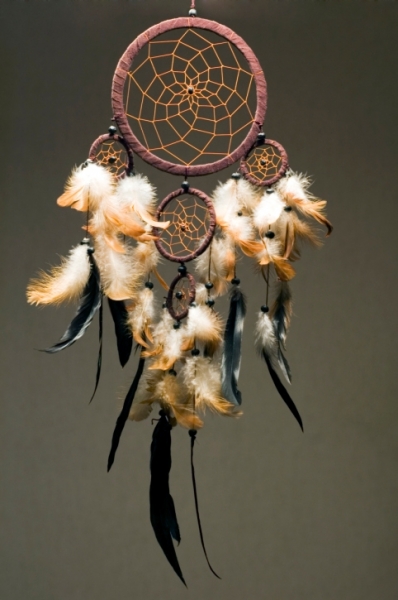
The term Shaman actually derived from the Mongolians. It has been applied to various similar practices around the world, until we now end up with a general word known as ‘shamanism’. As with any label that has been branded on certain peoples or practices, it is important that we break down and simplify the ideas behind the myth.
Beyond Normal Perception
It is understood that a shaman has the ability to communicate with the spirit world. Many people have this ability, but shamans in particular use this ability to heal or aid people with problems or illnesses they may be undergoing.
- If a person is possessed by a clinging spirit, then the shaman can guide that spirit either suggestively or forcefully away from the afflicted person and into another realm or location of existence.
- A shaman can address problems that are affecting a single person, a family or even an entire community. Ancestral spirits and entities found in nature, like spirit animals, can be consulted for guidance. When the shaman enters into a trance and returns with messages from beyond, the issues faced by the people involved are able to be resolved.
- Rituals, ceremonies and rights of passage are often handled by a shaman. One example of this would be a marriage, where a shaman is able to secure the blessings of the spirits to sanctify the union of the nuptials. Another such event a shaman oversees is a birth, making sure that the child enters free from negative energies. When a boy becomes a man, or a warrior must find his fighting spirit, a shaman will lead them on a visionary excursion, deep into their subconscious, crossing into dimensions that will reveal to the aspirant unknown traits or qualities that will help them through the transition.
Almost every culture that still holds true to its native roots will have a form of shamanism. This practitioner may also be called a medicine man, a witch or witch doctor, a healer, a priest or a guide. Every religion has some type of shaman, usually related to the more mystical aspects of that religion. Shamans have been around from the beginning of time. Our oldest records of history are smattered with accounts of spirit communication and healing abilities. It is not new, and is certainly going nowhere.
Tools of the Trade
Shamans most often use tools or instruments. These have been empowered with energy from guides, spirits, teachers, holy men and other forms of energetic transmissions. Some of these instruments may include, but are not limited to:
- Feathers
- Drums
- Bones
- Pipes
- Animals (live or dead)
- Knives
- Talismans
- Rugs or Tables
Testing the Waters
If you are interested to find and experience a shamanic session, make an enquiry with a shaman practitioner via the ntpages directory. Talk to the shaman and learn about their trainings. Each one will adhere to a certain lineage or style, so it is important to know what you are trying to accomplish with your session. Allow your fear or apprehension to subside, and open yourself to the exciting journey available when visiting a shaman.









